Home Remedies For Body Pain: 14 Natural Ways That Work
The key to soothing your aching body may just be lying in your pantry!
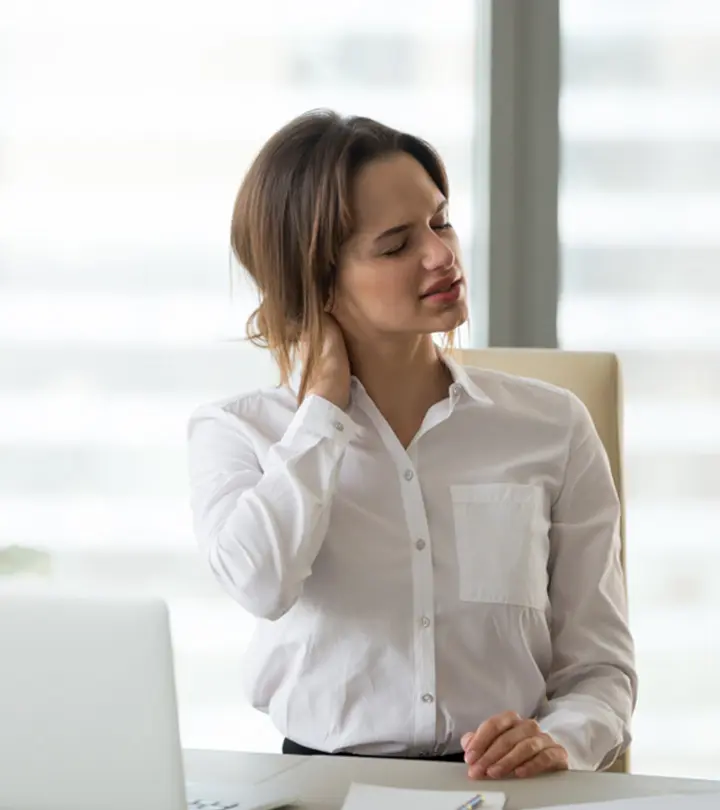
Image: Shutterstock

Sitting for hours every day on your chair with no movement can cause your body to hurt. Once you do get up from your chair to walk for a couple of minutes, it can feel like a tiring ordeal. While popping a painkiller offers you temporary relief from your body pain and tiredness, overuse may affect your health in the long run. So, how to get rid of body aches naturally?There are a couple of home remedies you could try as alternative medicines to soothe the discomfort in your body. In this article, we explore the different causes of body pain and some natural remedies one can try at home.
In This Article
What Causes Body Aches?
Body aches are usually a symptom of an underlying medical condition. Though they are usually harmless and not of much concern, it is better to find out their cause before availing treatment.
Some common causes of body aches include:
- Stress
- Dehydration
- Insufficient sleep
- Pneumonia
- Arthritisi A common disorder characterized by swollen and tender joints, which can cause pain, reduced movement, and stiffness.
- Chronic fatigue syndrome
- Fibromyalgia: A long-term medical condition that causes aches throughout your body.
- Microbial infections like the flu and the common cold
- Medications used for treating blood pressure
- Fluid retention: When your body retains fluid, it can cause your muscles to swell and exert pressure on the nerves, resulting in body aches.
- Hypokalemia: A medical condition caused due to low potassium in the bloodstream, which causes frequent body aches.
- Autoimmune disorders like lupusi An inflammatory condition where the immune system attacks the body’s tissues and organs, resulting in fever and fatigue. , myositisi A group of rare conditions where your immune system attacks the muscles, causing weakness, swelling, and pain. , and multiple sclerosisi A chronic disorder in which damage to the protective nerve covering disrupts the communication between the body and brain.
A survey was conducted on noninstitutionalized US citizens to understand the frequency of chronic pain in adults. The survey estimated that 8% of U.S. adults had high-impact chronic pain and 20.4% had chronic pain, especially those with less than a high school education and those living in poverty.
Body pains are categorized into certain types. Understanding these types may help you manage them more easily. Scroll down.
Key Takeaways
- Body aches can be caused due to stress, dehydration, insufficient sleep, arthritis, and pneumonia.
- The anti-inflammatory properties of apple cider vinegar may help alleviate body aches.
- A cold compress may reduce nerve activity in the affected area to give you a quick and temporary relief from pain.
- Prevent body pain by getting enough rest and drinking plenty of fluids.
- If you have a potassium deficiency, consume bananas daily as they give your body instant energy.
Types Of Body Pain
Body pains are of two types based on their duration (1).
- Acute Pain
It lasts for a short duration (a few minutes to six months) and is associated with an external cause.
- Chronic Pain
It lasts over six months and may persist for years. It is usually associated with health conditions such as cancer, blood circulation issues, diabetes, etc.
Body pains based on the location of pain receptors are as follows (1) –
- Nociceptive Pain
It is caused by actual or threatened damage to non-neural tissues. It is further divided into somatic pain, which develops in peripheral tissues such as skin, bone, and muscle, and visceral pain, which develops within specific organs.
- Neuropathic Pain
It is caused by a disease of the somatosensory nervous system, a part of the sensory system associated with the perception of senses like touch, pain, etc.
14 Natural Ways To Get Rid Of Body Aches
Best Home Remedies To Get Rid Of Body Pains
1. Apple Cider Vinegar
Apple cider vinegar is touted to have anti-inflammatory properties, which relieve pain and inflammation.
You Will Need
- 1 tablespoon of apple cider vinegar
- 1 glass of warm water
- Honey
What You Have To Do
- Add a tablespoon of apple cider vinegar to a glass of warm water and mix well.
- Add some honey to it and consume it.
- You can also add apple cider vinegar to your bath water and soak in it for added benefits.
How Often You Should Do This
Do this 1 to 2 times daily.
2. Cold Compress
A cold compress helps in reducing body aches by reducing nerve activity in the affected areas temporarily; unlike the hot compress which increases blood flow. Cold compress has an anesthetizing effect, which provides quick and temporary relief from body pain (2). It is one of the most effective home remedies to get rid of backache.
You Will Need
An ice pack
What You Have To Do
- Apply an ice pack to the aching areas.
- Leave it on for 10 minutes and repeat 2 to 3 times.
How Often You Should Do This
Do this three times daily.
 Quick Tip
Quick Tip3. Ginger

Ginger possesses rich phytochemistry, which gives it many health-promoting benefits like pain relief. It exhibits powerful anti-inflammatory and analgesic properties (3), (4). These properties can help in getting rid of body aches.
You Will Need
- 1-2 inches of cut ginger
- 1 cup of water
- Honey
What You Have To Do
- Add an inch or two of ginger to a cup of water.
- Bring this to a boil in a saucepan. Simmer for 5 minutes and strain.
- Add some honey to it.
- Consume the tea before it turns cold.
How Often You Should Do This
Consume ginger tea 2-3 times daily.
4. Turmeric
Turmeric
is one of the best remedies to treat body aches. It has anti-inflammatory, analgesic, and holistic healing properties that can help fight body aches and boost your overall health and immunity (5), (6).
You Will Need
- 1 teaspoon of turmeric powder
- 1 glass of hot milk
- Honey
What You Have To Do
- Add a teaspoon of turmeric powder to a glass of hot milk and stir well.
- After the milk cools down a bit, add some honey to it.
- Consume this mixture.
How Often You Should Do This
Do this at least once daily, preferably before going to bed.
5. Cinnamon
Cinnamon is a spice that is widely used for flavoring various dishes. It has potent anti-inflammatory, analgesic, and healing properties (7), (8). These properties make it a sought-after herbal remedy for treating body aches and improving overall health.
You Will Need
- 1 teaspoon of powdered cinnamon
- 1 glass of warm water
- Honey
What You Have To Do
- Add a teaspoon of powdered cinnamon to a glass of warm water. Stir well.
- Add some honey to this and consume immediately.
How Often You Should Do This
Drink this mixture once daily.
6. Cayenne Pepper
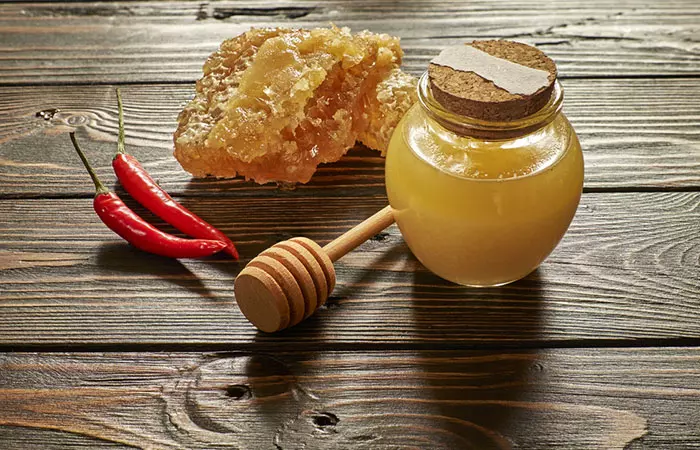
Cayenne pepper contains capsaicin, which helps in blocking the sensations of pain (9). It stimulates blood flow and also acts as a natural pain reliever for combating body aches (10).
You Will Need
- 1 teaspoon of powdered cayenne pepper
- 1 cup of warm water
- Honey
What You Have To Do
- Add a teaspoon of powdered cayenne pepper to a cup of warm water.
- Mix well and add some honey to it.
- Consume this mixture.
How Often You Should Do This
Do this 1 to 2 times every day.
7. Rosemary
Rosemary extracts exhibit anti-inflammatory and analgesic activities (11). This can help in combating body pain naturally and effectively
You Will Need
- 1 teaspoon of rosemary tea
- 1 cup of hot water
- Honey
What You Have To Do
- Add a teaspoon of rosemary tea to a glass of hot water.
- Allow it to steep for 5 to 10 minutes.
- Strain, add some honey to the tea and consume it immediately.
- You can also mix rosemary oil with a carrier oil and massage it all over your body.
How Often You Should Do This
You can have this tea 3 times daily.
8. Mustard Oil
A mustard oil massage is another great way to fight persistent body aches.
This oil contains a compound called allyl isothiocyanate, which helps in reducing the pain caused by inflammation in the body making it a suitable alternative medicine for body pain (12).
You Will Need
Mustard oil (as required)
What You Have To Do
- Massage mustard oil all over your body.
- Leave it on for 30 to 40 minutes.
- Take a shower.
How Often You Should Do This
Do this at least once daily.
9. Banana

In most cases, body and muscle aches are a result of potassium deficiency. You can consume bananas daily to counteract this deficiency and provide your body with instant energy (13).
You Will Need
Bananas
What You Have To Do
Make bananas a permanent addition to your daily diet.
How Often You Should Do This
Consume 3 to 4 bananas daily.
10. Cherries
Cherry juice helps reduce pain induced by inflammation and is thus often used for treating muscle pain as well as peripheral neuropathy, both of which can result in body aches (14), (15), (16).
You Will Need
1 glass of unsweetened cherry juice
What You Have To Do
Consume a glass of unsweetened cherry juice.
How Often You Should Do This
Drink cherry juice 2 times daily.
11. Essential Oils
a. Lavender Oil
Lavender oil has pain-relieving, analgesic, and anti-inflammatory properties (17). Hence, it can help relieve body ache and the underlying inflammation that may be causing it.
You Will Need
- 12 drops of lavender oil
- 30 mL of any carrier oil (coconut or olive oil)
What You Have To Do
- Add 12 drops of lavender oil to 30 mL of any carrier oil and mix well.
- Gently massage this mixture all over your body.
- Leave it on for 30 to 40 minutes and then wash it off.
How Often You Should Do This
You must do this once daily.
b. Peppermint Oil
Peppermint oil (menthol) has antispasmodici The property that inhibits the contraction of smooth muscles and helps relieve pain and discomfort. , anti-inflammatory, and analgesic properties (18), (19). These relieve muscle spasms and inflammation that usually induce body aches.
You Will Need
- 12 drops of peppermint oil
- 30 mL of any carrier oil (coconut or olive oil)
What You Have To Do
- Add 12 drops of peppermint oil to 30 mL of any carrier oil and mix well.
- Massage this mixture gently on the affected areas.
- Leave it on for 30 to 40 minutes, after which you can go ahead with your bath.
How Often You Should Do This
Do this once daily.
12. Epsom Salt
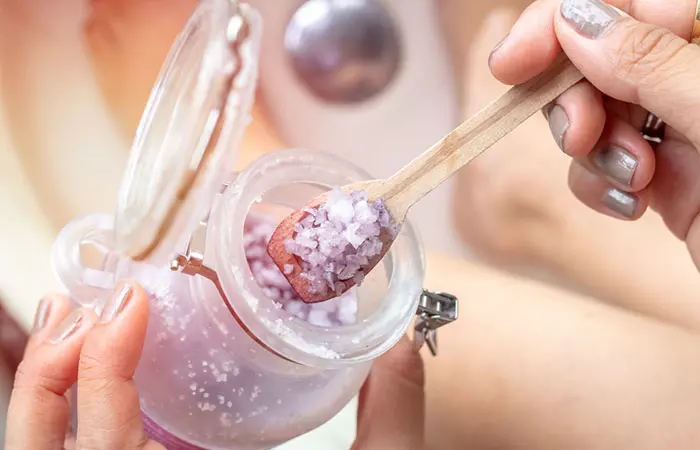
Epsom salt is known for its anti-inflammatory properties that provide relief from sore muscles and body aches (20).
You Will Need
- 1 cup of Epsom salt
- Water
What You Have To Do
- Add a cup of Epsom salt to a bathtub filled with warm water.
- Allow the salt to dissolve and soak in it for 20 to 30 minutes.
How Often You Should Do This
Do this once daily or every alternate day.
13. Body Massage
It is best for overall health to spend some time on self-care from time to time. A professional body massage helps in relieving muscle tension, thereby relaxing your muscles. In a study published in the journal Pain Medicine, it was concluded that massage therapy worked in reducing pain compared to no treatment (21).
14. Vitamins
Your body needs various vitamins to function normally. Deficiencies in vitamins B1, D, and E can cause nerve and muscle damage, which, in turn, cause muscle weakness and pain (22), (23), (24).
Hence, it is necessary that you include foods rich in these vitamins in your daily diet to steer clear of body aches. You can also take additional herbal supplements for these vitamins, but only after consulting your doctor.
Kristina Segarra, a blogger, writes, “I love the rush of serotonin flooding my brain after my exercise. One thing I don’t like is waking up the next morning feeling excruciating pain in my body. The pain can be so uncomfortable and can take many days to go away (i).” She shares natural remedies that have helped her alleviate muscle soreness. They include Epsom salt baths, apple cider vinegar, self-massage, light movement and stretching, and cold applications.
Although these remedies help in pain management, we suggest you consult a healthcare provider if the condition doesn’t improve. In addition to using these remedies, you must also make a few changes to your lifestyle as a preventive measure.
Prevention Tips
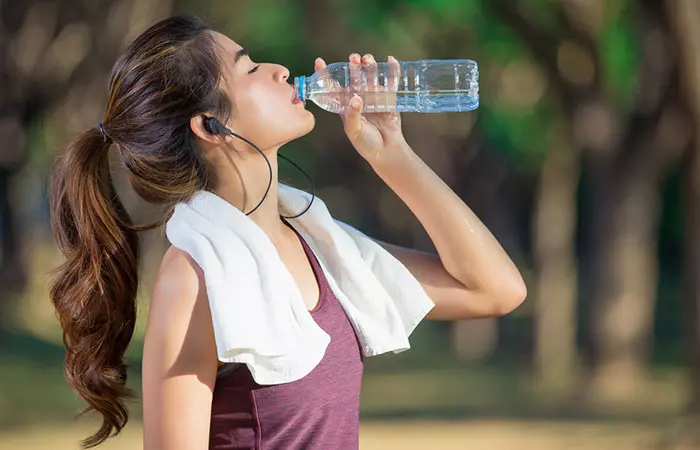
- Get enough rest.
- Drink plenty of water and other fluids.
- Have a warm bath daily.
- Regulate your body temperature by keeping warm or staying cold as and when necessary.
- Explore stress management techniques like mindfulness, journaling, or spending time in nature. Unmanaged stress can also increase body ache.
- Identify any triggers that may worsen your pain and take steps to avoid them. This could include certain foods, activities, or environmental factors.
 Did You Know?
Did You Know?Infographic: 5 Simple Natural Remedies To Get Rid Of Body Pain
You don’t need to resort to painkillers to relieve body aches. You can try home remedies to soothe your tired muscles and ease pain and discomfort. The infographic below offers a sneak peek at the top home remedies that can relieve pain faster and effectively. Take a look.
Some thing wrong with infographic shortcode. please verify shortcode syntax
Body pain and tiredness may result from long hours of sitting, stress, dehydration, or any medical conditions. Natural remedies help ease this pain and help in the effective management of tiredness. Ingredients like rosemary, cinnamon, turmeric, banana, Epsom salt, mustard oil, essential oils, and cherries help reduce body pain. Additionally, body massage and vitamins aid in the management of body pain. There are also tips to prevent body pain like hydrating adequately, getting warm water baths, and getting enough rest which combats pain and tiredness.
Frequently Asked Questions
How long does it take for muscle soreness to go away?
After an intense exercise, you may feel your muscles tighten or become sore for up to 12 hours. But in some cases, like that of delayed onset muscle soreness, you may experience muscle soreness for 48 to 72 hours.
Why does my body hurt when I’m sick?
When you are sick, your white blood cells are busy fighting the foreign invasion, thus leaving your muscles and joints aching and sore.
What should I eat for body aches?
You can consume foods that have anti-inflammatory properties and are rich in omega-3 fatty acids, like garlic and fish, to reduce inflammation and pain (25), (26).
What foods make the pain worse?
Processed foods, red meat, sugar, caffeine, and refined carbohydrates can worsen inflammation and increase pain (27). Consult your doctor to design the ideal diet for you.
Illustration: Home Remedies For Body Pain And Prevention Tips
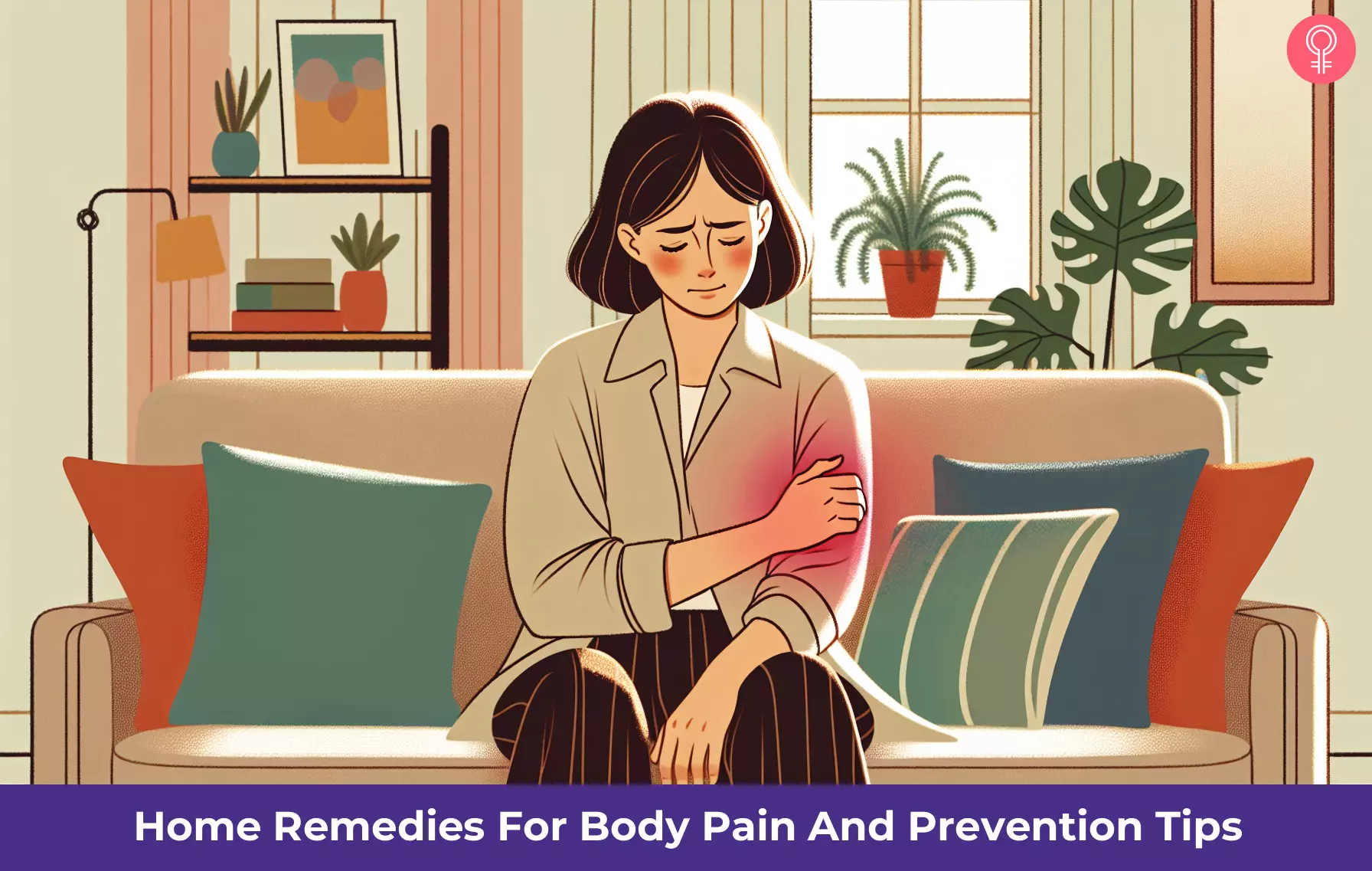
Image: Dall·E/StyleCraze Design Team
Discover how certain foods can help reduce body aches caused by chronic inflammation. Watch the video below to learn which foods to eat to reduce pain and inflammation.
Personal Experience: Source
StyleCraze's articles are interwoven with authentic personal narratives that provide depth and resonance to our content. Below are the sources of the personal accounts referenced in this article.
i. 5 Natural Ways to Relieve Muscle Painhttps://medium.com/in-fitness-and-in-health/5-natural-ways-to-relieve-muscle-pain-ca4365a9dec
References
Articles on StyleCraze are backed by verified information from peer-reviewed and academic research papers, reputed organizations, research institutions, and medical associations to ensure accuracy and relevance. Read our editorial policy to learn more.
- Not All Pain is Created Equal: Basic Definitions and Diagnostic Work-Up, Pain and Therapy, US National Library of Medicine, National Institutes of Health.
https://www.ncbi.nlm.nih.gov/pmc/articles/PMC7736598/ - The Efficacy of Thermotherapy and Cryotherapy on Pain Relief in Patients with Acute Low Back Pain, A Clinical Trial Study, Journal of Clinical and Diagnostic Research, US National Library of Medicine, National Institutes of Health.
https://www.ncbi.nlm.nih.gov/pmc/articles/PMC4225921/ - Anti-Oxidative and Anti-Inflammatory Effects of Ginger in Health and Physical Activity: Review of Current Evidence, International Journal of Preventive Medicine, US National Library of Medicine, National Institutes of Health.
https://www.ncbi.nlm.nih.gov/pmc/articles/PMC3665023/ - Ginger (Zingiber officinale) as an Analgesic and Ergogenic Aid in Sport: A Systemic Review, Journal of Strength and Conditioning Research, US National Library of Medicine, National Institutes of Health.
https://pubmed.ncbi.nlm.nih.gov/26200194/ - Anti-inflammatory properties of curcumin, a major constituent of Curcuma longa: a review of preclinical and clinical research, Alternative Medicine Review, US National Library of Medicine, National Institutes of Health.
https://pubmed.ncbi.nlm.nih.gov/19594223/ - Preemptive Analgesic and Antioxidative Effect of Curcumin for Experimental Migraine, BioMed Research International, US National Library of Medicine, National Institutes of Health.
https://www.ncbi.nlm.nih.gov/pmc/articles/PMC5674483/ - Effects of cinnamon on perineal pain and healing of episiotomy: a randomized placebo-controlled trial, Journal of Integrative Medicine, US National Library of Medicine, National Institutes of Health.
https://pubmed.ncbi.nlm.nih.gov/25074885/ - Cinnamon: A Multifaceted Medicinal Plant, Evidence-based Complementary and Alternative Medicine, US National Library of Medicine, National Institutes of Health.
https://www.ncbi.nlm.nih.gov/pmc/articles/PMC4003790/ - Peppers and pain. The promise of capsaicin, Drugs, US National Library of Medicine, National Institutes of Health.
https://pubmed.ncbi.nlm.nih.gov/9179523/ - Capsaicin may have important potential for promoting vascular and metabolic health, Open Heart, US National Library of Medicine, National Institutes of Health.
https://www.ncbi.nlm.nih.gov/pmc/articles/PMC4477151/ - Rosmarinus officinalis L.: an update review of its phytochemistry and biological activity, Future Science OA, US National Library of Medicine, National Institutes of Health.
https://www.ncbi.nlm.nih.gov/pmc/articles/PMC5905578/ - Dose-response study of topical allyl isothiocyanate (mustard oil) as a human surrogate model of pain, hyperalgesia, and neurogenic inflammation, Pain, US National Library of Medicine, National Institutes of Health.
https://pubmed.ncbi.nlm.nih.gov/28614189/ - Plasma Potassium Concentration and Content Changes After Banana Ingestion in Exercised Men, Journal of Athletic Training, US National Library of Medicine, National Institutes of Health.
https://www.ncbi.nlm.nih.gov/pmc/articles/PMC3499889/ - Efficacy of tart cherry juice in reducing muscle pain during running: a randomized controlled trial, Journal of the International Society of Sports Nutrition, US National Library of Medicine, National Institutes of Health.
https://www.ncbi.nlm.nih.gov/pmc/articles/PMC2874510/ - Tart Cherry Juice as a Treatment for Peripheral Neuropathy, Integrative Medicine, US National Library of Medicine, National Institutes of Health.
https://www.ncbi.nlm.nih.gov/pmc/articles/PMC4566454/ - Cherry juice targets antioxidant potential and pain relief, Medicine and Sport Science, US National Library of Medicine, National Institutes of Health.
https://pubmed.ncbi.nlm.nih.gov/23075558/ - Antioxidant, analgesic and anti-inflammatory effects of lavender essential oil, Anais da Academia Brasileira de Ciências, US National Library of Medicine, National Institutes of Health.
https://pubmed.ncbi.nlm.nih.gov/26247152/ - Menthol: a natural analgesic compound, Neuroscience Letters, US National Library of Medicine, National Institutes of Health.
https://pubmed.ncbi.nlm.nih.gov/11897159/ - Anti-Inflammatory Properties of Menthol and Menthone in Schistosoma mansoni Infection, Frontiers in Pharmacology, US National Library of Medicine, National Institutes of Health.
https://www.ncbi.nlm.nih.gov/pmc/articles/PMC4911957/ - The use of Epsom salts, historically considered, Canadian Medical Association Journal, US National Library of Medicine, National Institutes of Health.
https://www.ncbi.nlm.nih.gov/pmc/articles/PMC1584988/pdf/canmedaj00347-0031.pdf - The Impact of Massage Therapy on Function in Pain Populations—A Systematic Review and Meta-Analysis of Randomized Controlled Trials: Part I, Patients Experiencing Pain in the General Population, Pain Medicine, US National Library of Medicine, National Institutes of Health.
https://www.ncbi.nlm.nih.gov/pmc/articles/PMC4925170/ - More than healthy bones: a review of vitamin D in muscle health, Therapeutic Advances in Musculoskeletal Disease, US National Library of Medicine, National Institutes of Health.
https://www.ncbi.nlm.nih.gov/pmc/articles/PMC4530385/ - The Effects of Vitamin B1 on Ameliorating the Premenstrual Syndrome Symptoms, Global Journal of Health Science, US National Library of Medicine, National Institutes of Health.
https://www.ncbi.nlm.nih.gov/pmc/articles/PMC4825494/ - A selected controlled trial of supplementary vitamin E for treatment of muscle cramps in hemodialysis patients, American Journal of Therapeutics, US National Library of Medicine, National Institutes of Health.
https://pubmed.ncbi.nlm.nih.gov/19829096/ - Allium sativum L. (Garlic) Role in Osteoarthritis: A Systematic Review of Clinical Trials, Biointerface Research in Applied Chemistry, ResearchGate
https://www.researchgate.net/publication/348191144_Allium_sativum_L_Garlic_Role_in_Osteoarthritis_A_Systematic_Review_of_Clinical_Trials - Effect of ω-3 polyunsaturated fatty acids on arthritic pain: A systematic review, Nutrition,US National Library of Medicine, National Institutes of Health.
https://pubmed.ncbi.nlm.nih.gov/28606571/ - Foods and Arthritis: An Overview, Bioactive Food as Dietary Interventions for Arthritis and Related Inflammatory Diseases, ResearchGate
https://www.researchgate.net/publication/331006396_Foods_and_Arthritis_An_Overview
Read full bio of Dr. Zeel Gandhi
Read full bio of Shaheen Naser
Read full bio of Ravi Teja Tadimalla
Read full bio of Dipti Sharma





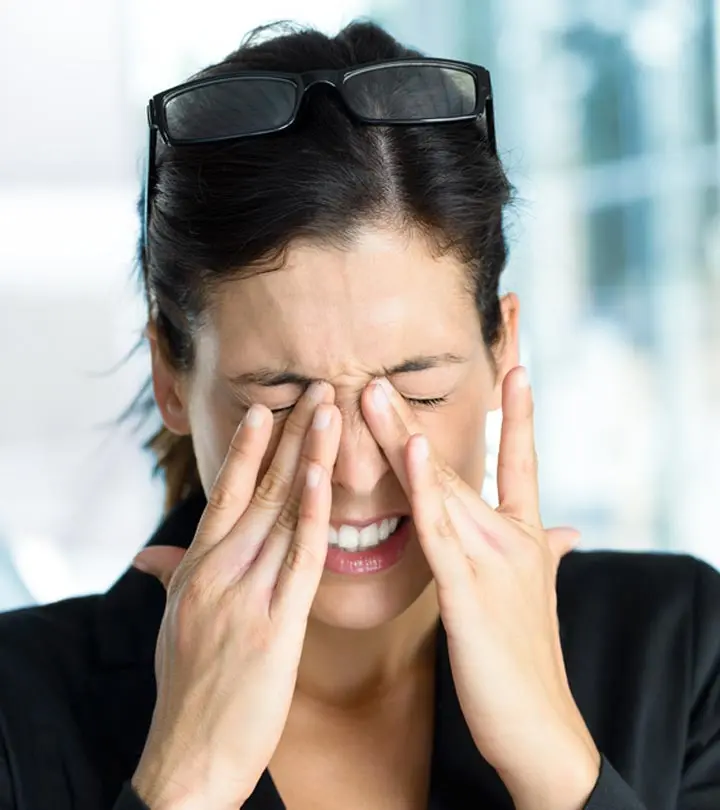
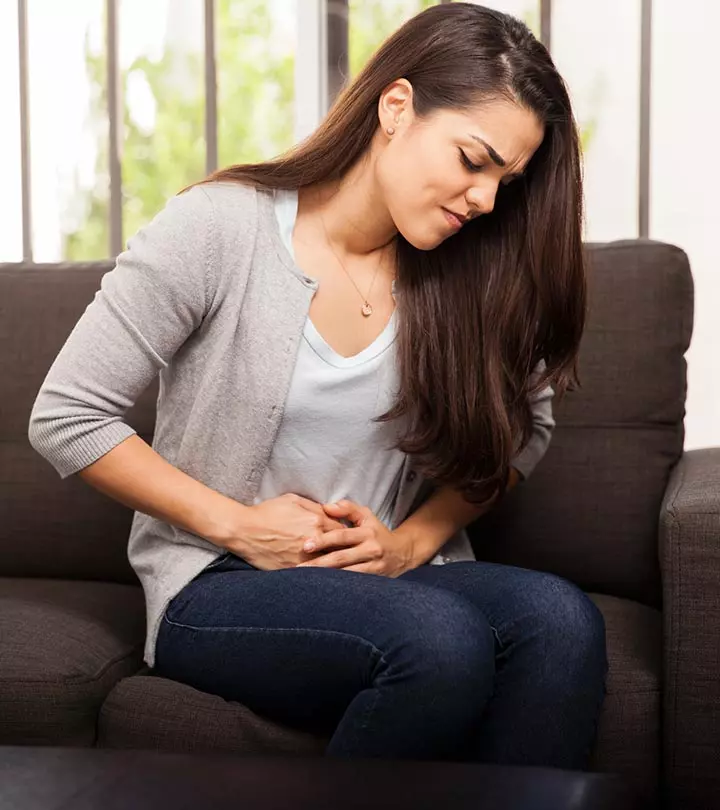
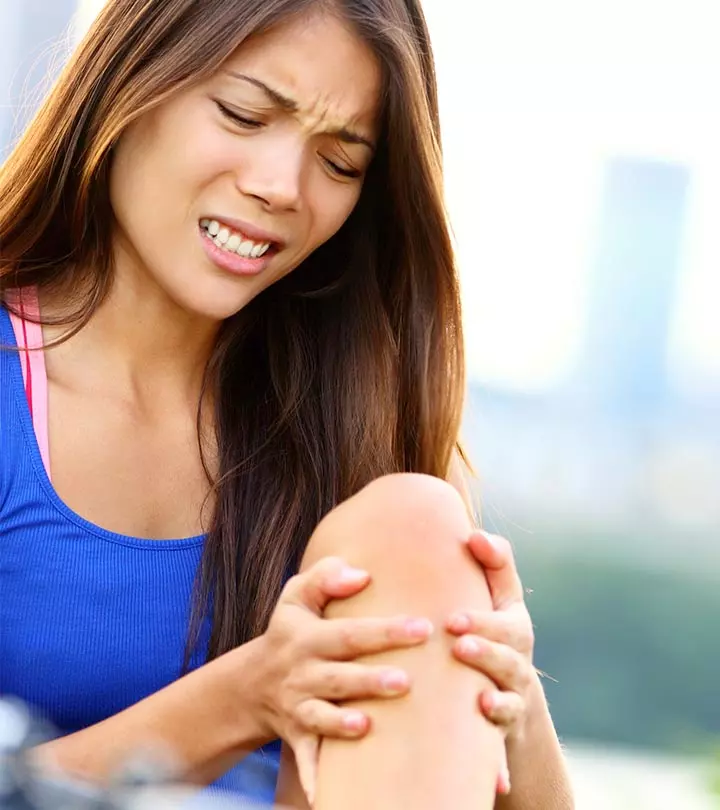


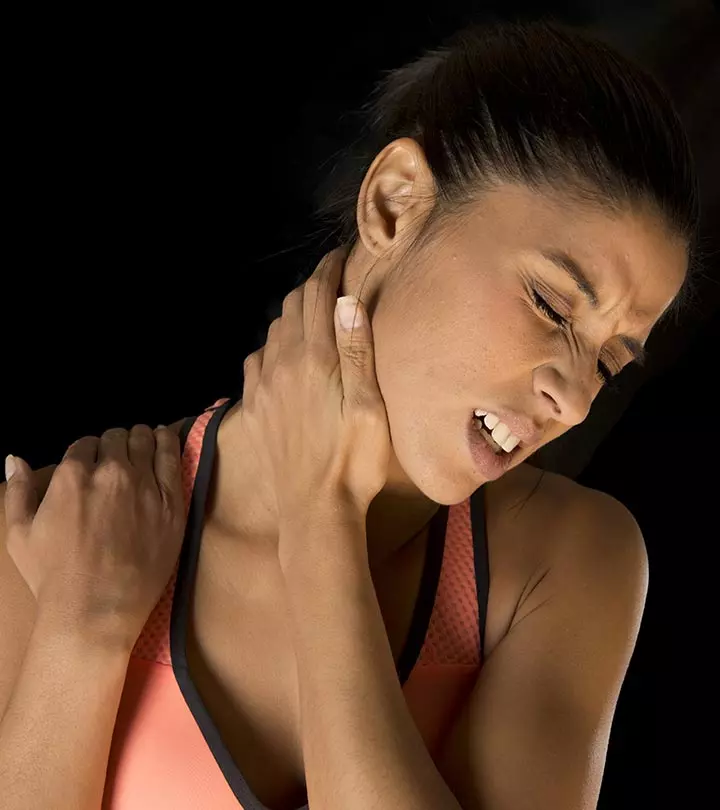
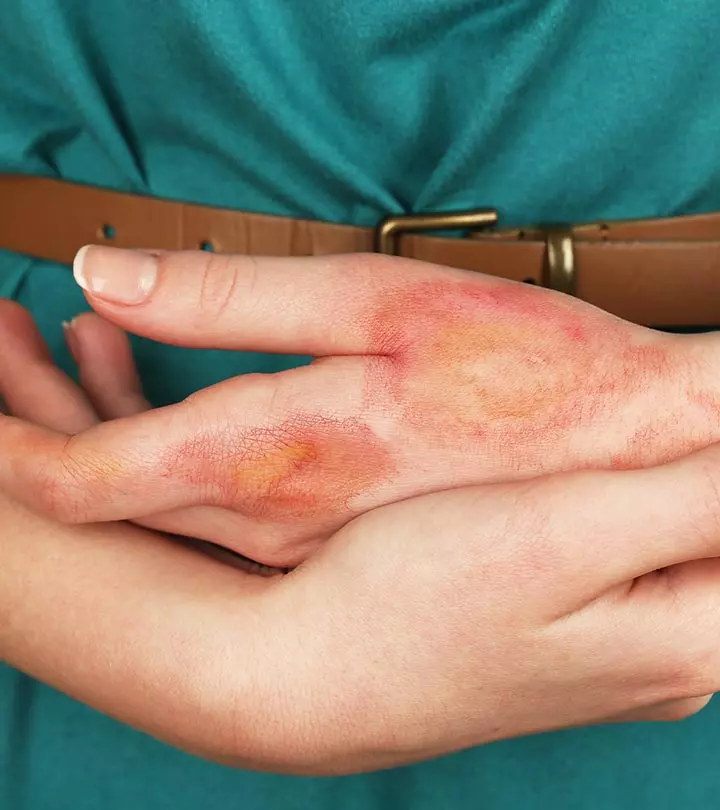
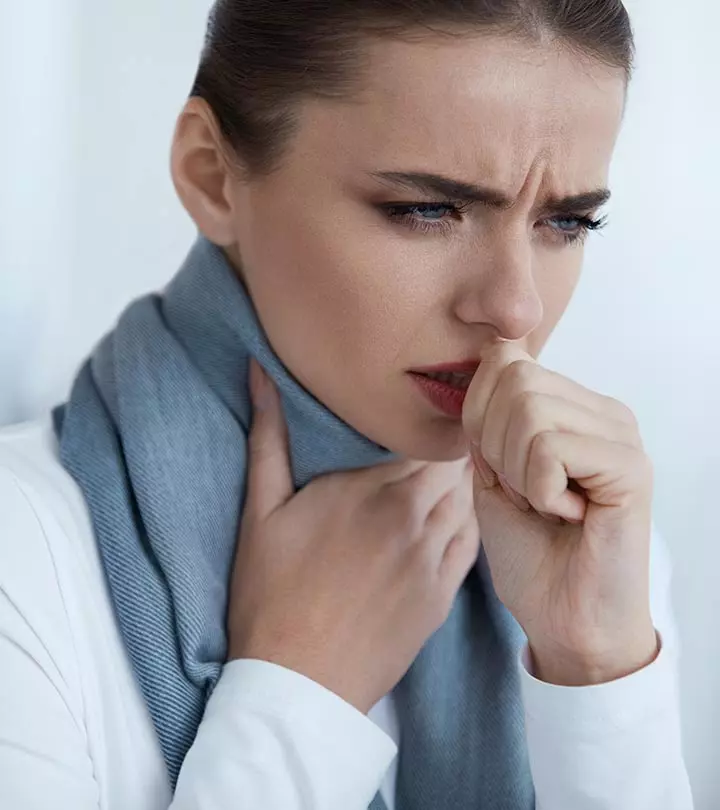
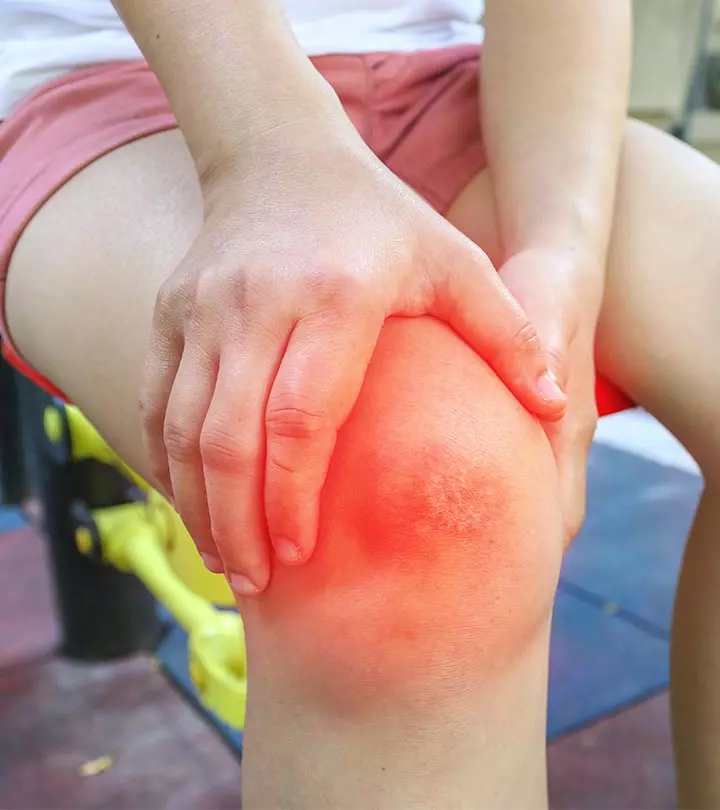
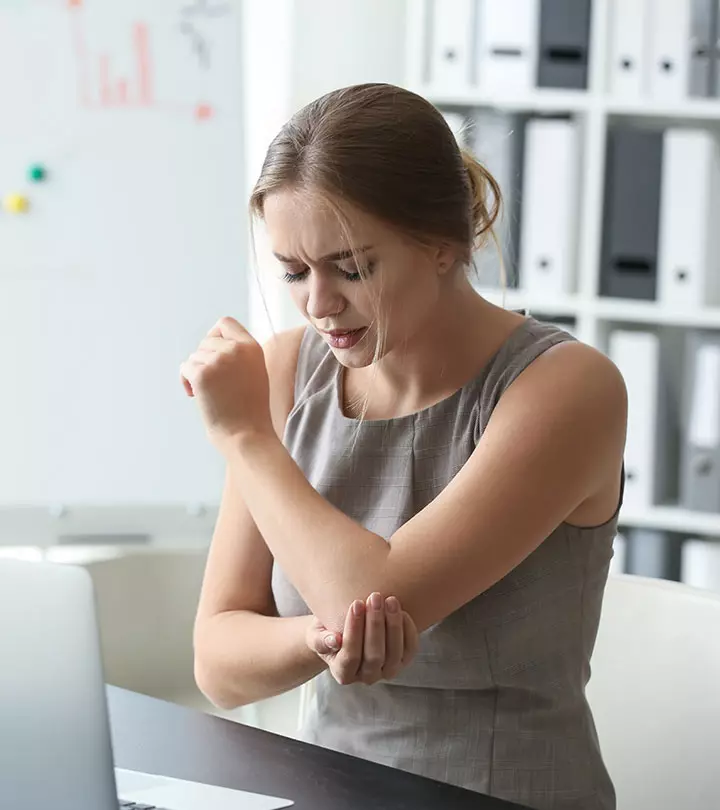

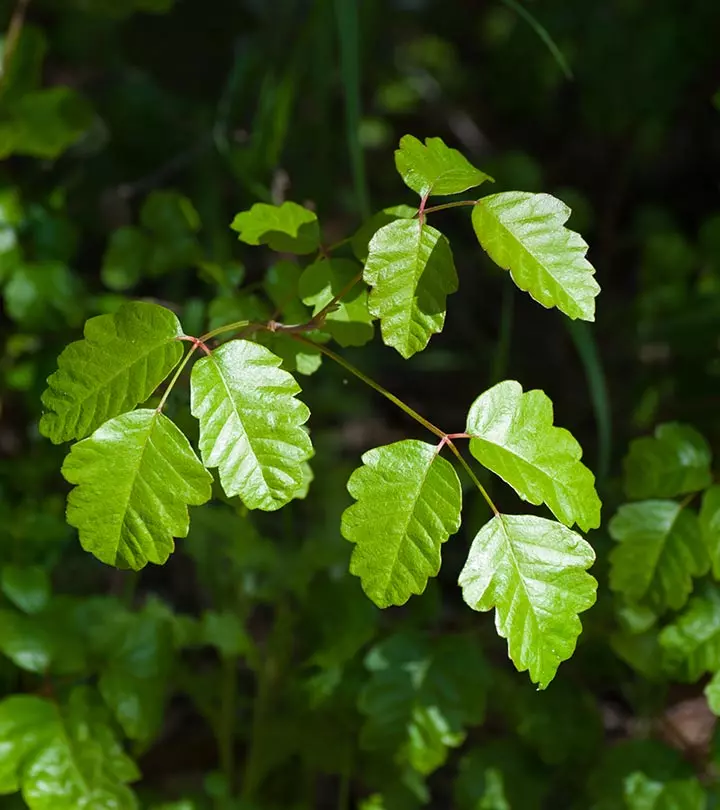

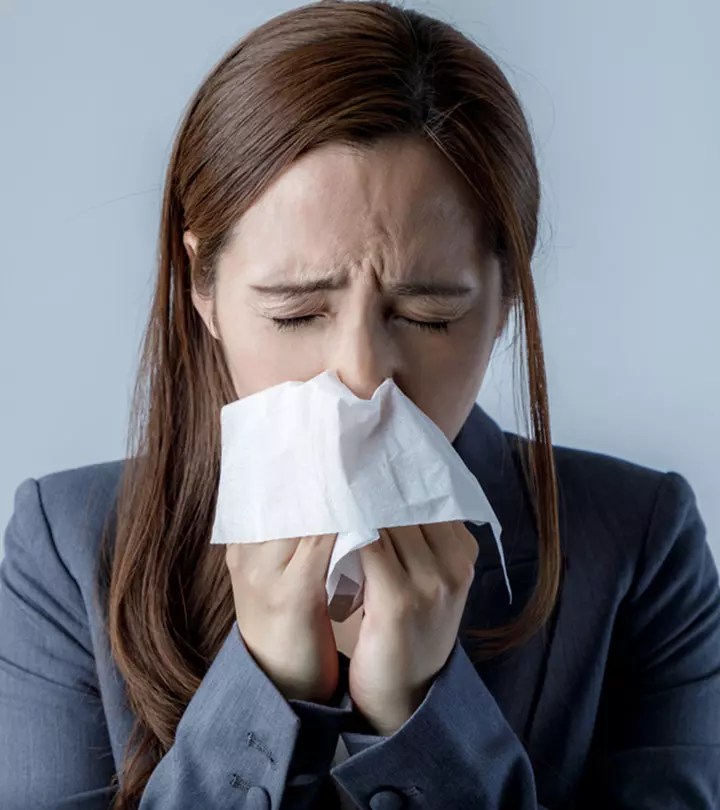

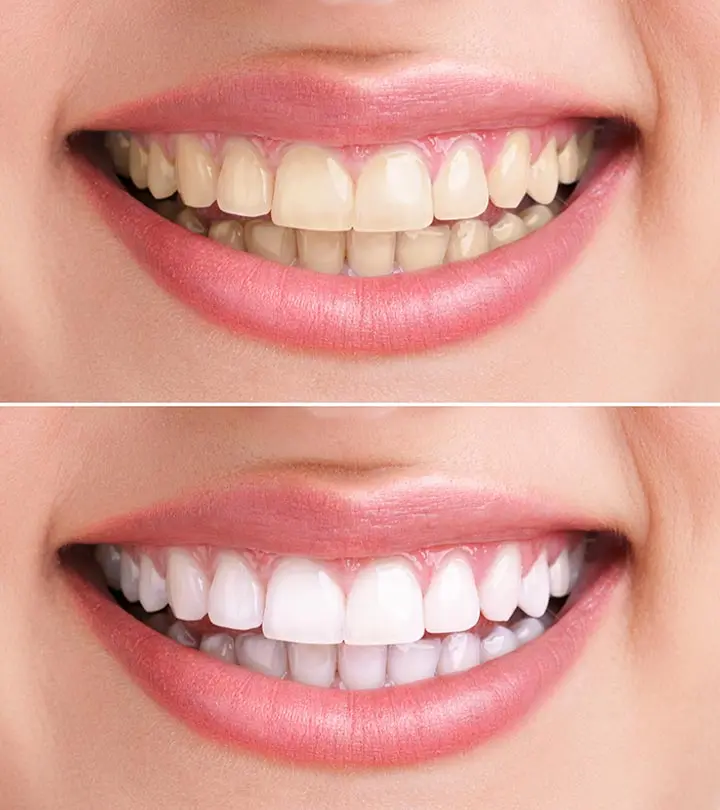
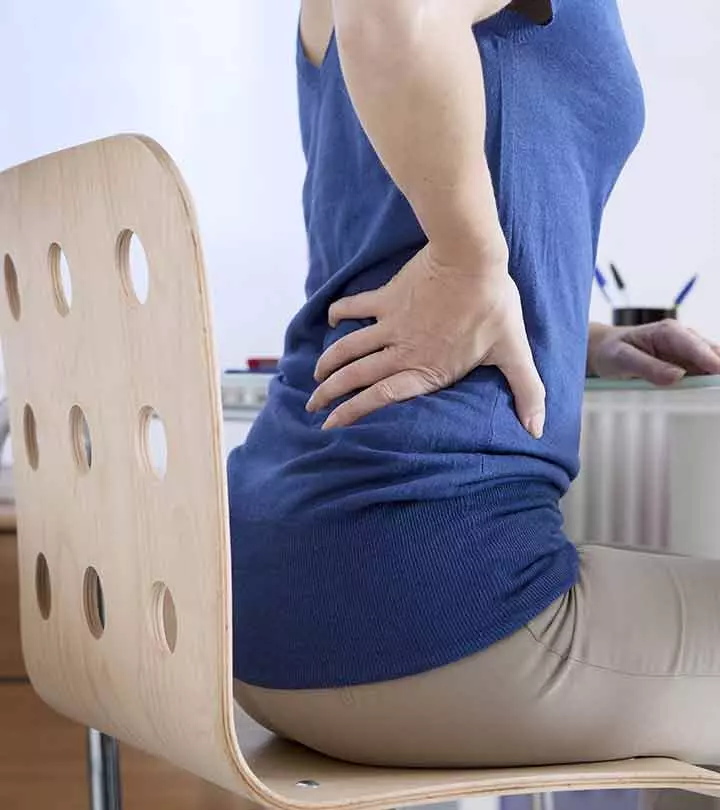





Community Experiences
Join the conversation and become a part of our empowering community! Share your stories, experiences, and insights to connect with other beauty, lifestyle, and health enthusiasts.